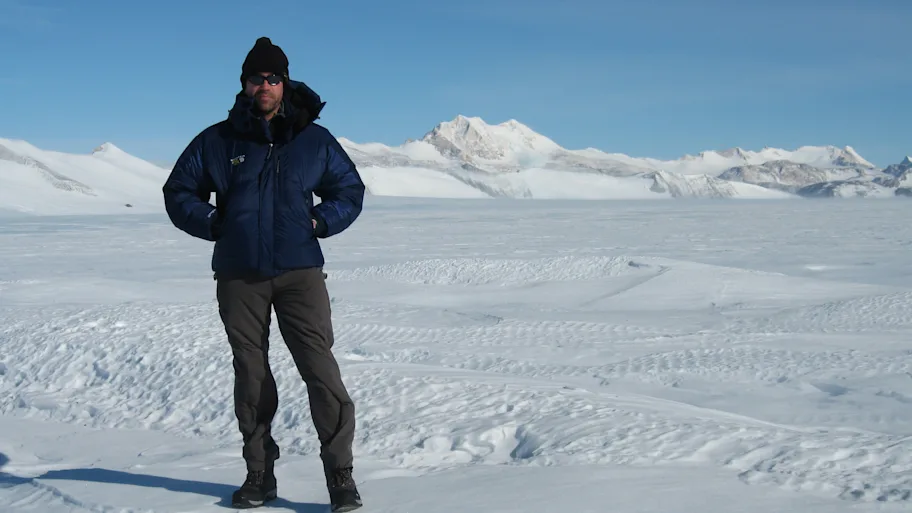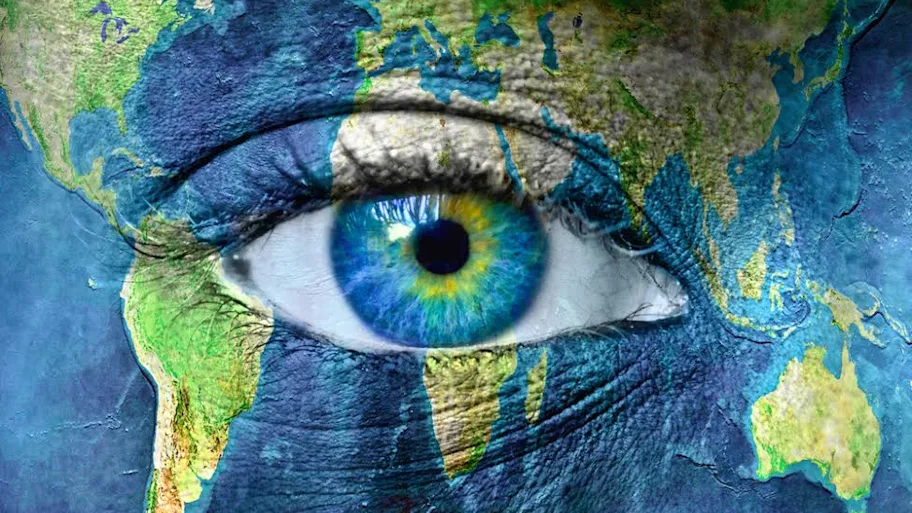
- Science news
- Environment
- Environmental Sciences in the 21st Century
Environmental Sciences in the 21st Century
Frontiers in Environmental Science launched at the end of 2013 and, as of now, has published 173 articles from 19 specialty sections ranging from Interdisciplinary Climate Studies to Environmental Toxicology. The journal’s Field Chief Editor is Prof Martin Siegert, co-Director of the Grantham Institute, Imperial College London.
Recently, he has published his Field Grand Challenge: Environmental Sciences in the 21st Century, which contains his vision of the current challenges and future developments in Environmental Science:
All of us live in two worlds. One is the human world, which includes populations, countries, cities, roads, rail lines, shipping lanes and flight paths. It is the most familiar world and we consciously interact with it every day. It is a world entirely of our construction. It is the world of civilisation, of education and of science.
We asked him about what prompted the “Environmental Sciences in the 21st Century?” challenge to learn more about his goals for the field and his mission for the journal.
Why did you decide to write: “Environmental Sciences in the 21st Century?”
I wrote the article to make the point that while many in Environmental Sciences are well aware of the natural world around them, the vast majority of inhabitants of our planet – particularly those in the developed world – are not. It seems to me that this separation between natural and human worlds is growing, and drives behaviour around consumption and expectations of ‘rights’.
Why is this important now?
Policy that is more aware of the necessary ties and interconnections between the human and natural worlds is needed now, and that must stem from excellence within Environmental Sciences and research translation.
What is the biggest problem researchers need to solve?
In my opinion, the greatest problem is to form dialogue with stakeholders of environmental science research, which are likely non-academic. It is easy to discuss things with the like-minded and similarly educated; the challenge is to also make our research useful and understandable to those unfamiliar with our subject.
What content are you expecting in your Journal and what will be the next steps?
My feeling is that we must avoid over-protection of the ‘discipline’ of environmental sciences, important though it is. I would like to see the journal used as an interdisciplinary space, to encourage both basic scientific discovery and the translation of that material. I would like the journal to be viewed by both academic and non-academic audiences and for each to see value in it.
The next steps will be to understand the styles of delivery needed for each of these, and to seek ways in which they can be accommodated within the online system. I would like to see the journal used to record and disseminate discussions of international symposia. It should also be used to support early career academics, especially since research in the next 30 years will be in their hands.
If you are interested in Frontiers in Environmental Science, or if you have any questions for Prof. Siegert, please contact environmentalscience.editorial.office@frontiersin.org.
Giorgio Mondonico, PhD






